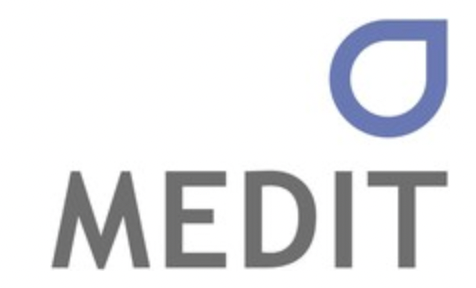Dentistry is both a scientific and artistic discipline that demands precision, attention to detail, and a personalized approach to ensure optimal results for patients. In this context, photographic documentation plays a crucial role as it provides a tangible and visual basis for evaluating, planning, and monitoring dental treatments.
Firstly, photographs offer a visual record of the patient’s initial oral condition, allowing dentists to accurately assess pre-existing conditions, identify potential problems, and establish a customized treatment plan. This enables setting realistic goals and monitoring progress throughout the treatment.
Moreover, photographic documentation provides a valuable reference resource for comparing changes over time. Photos taken before, during, and after treatment allow dentists to evaluate the effectiveness of the procedures, identify any complications, and make necessary adjustments. This helps ensure satisfactory aesthetic and functional results for the patient.
Photographic documentation is also an essential tool for interprofessional communication and continuous education. Images can be shared with other healthcare professionals, such as orthodontists, oral surgeons, and dental prosthetists, to ensure a multidisciplinary and coordinated approach to patient care. Additionally, photographs can be used for educational purposes, allowing dentists to illustrate techniques, clinical cases, and outcomes to colleagues, students, and patients.
Systematic image collection can help dentists evaluate and improve their professional performance over time.
At Luongo Dental Clinic, digital photography is used daily to capture fundamental information and details of patients’ oral conditions.
Within the clinic, a dedicated photography studio documents the various stages of our patients’ treatments professionally, from the initial visit to the final result.
The images are incorporated into dedicated software through which the treatment plan is virtually designed to propose to the patient. This way, the patient can more easily understand their condition and make an informed decision about which therapeutic proposal to accept.












